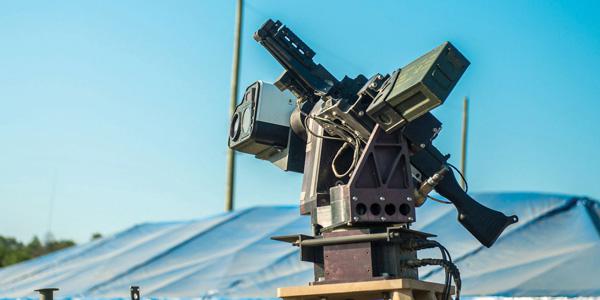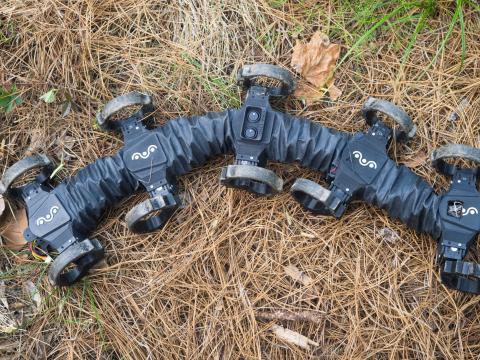Army Pursuing Weaponized Robotics
The Army is pairing traditional weapons and vehicles with autonomous systems, an effort they characterize as the first step toward weaponized robotics. The goal is to be able to use robotic vehicles to leverage capabilities during enemy stand-offs.
Dubbed the ‘Wingman’ Joint Capability Technology Demonstration program or JCTD, the program already has seen success with Army engineers at the Detroit Arsenal, autonomously piloting a revamped Humvee that can accurately hit targets with a mounted 7.62 milometer weapon system, according to Sean Kimmons of the Army News Service.
The engineers intend to qualify the vehicle and systems on a Scout Gunnery Table VI gunnery course in the coming months, Kimmons reported. If all goes well, the Army plans to conduct an operational user assessment at Fort Benning in October with the Marine Corps.
The three-year $20 million JCTD program began in 2017, after initial testing in previous years. The effort is meant to help refine the Army Tank Automotive Research, Development and Engineering Center (TARDEC) incorporate the interaction of soldiers with robotic vehicles and other autonomous weapon systems, Kimmons noted. In addition to TARDEC, the Army Armaments Research, Development and Engineering Center, or ARDEC, and the Naval Surface Warfare Center Dahlgren Division are partnering in the program.
The Army plans to expand the Wingman program to M113 armored personnel carriers. That vehicle will see increased lethality with a .50 caliber machine gun and a Common Remotely Operated Weapon Station (CROWS) system that will improve on-the-move target acquisition, Kimmons said.
It will still be soldiers, not computers, who will decide when to fire, the Army emphasized. "You're not going to have these systems go out there like in 'The Terminator' [film]," said Thomas B. Udvare, deputy chief of the program. "For the foreseeable future, you will always have a soldier in the loop."
By 2035, soldiers may be able to manage multiple assets—including combat vehicles, unmanned aerial vehicles and reconnaissance vehicles—simultaneously in combat, Udvare said.
"We're definitely exploring all of the possibilities," he said. "We're optimizing the different options based on what we believe will have the greatest value for our operating force in the future."





Comments